In the ever-evolving landscape of laser technology, the utilization of nonlinear crystals in femtosecond lasers has emerged as a groundbreaking advancement. This article delves into the fascinating world of nonlinear crystals and their pivotal role in generating ultra-broadband spectra in ultrashort femtosecond lasers. We will also explore the diverse applications of femtosecond lasers, spanning the realms of materials processing and biomedicine. As we navigate this intricate domain, you will gain profound insights into the cutting-edge developments that are reshaping the future of laser technology.
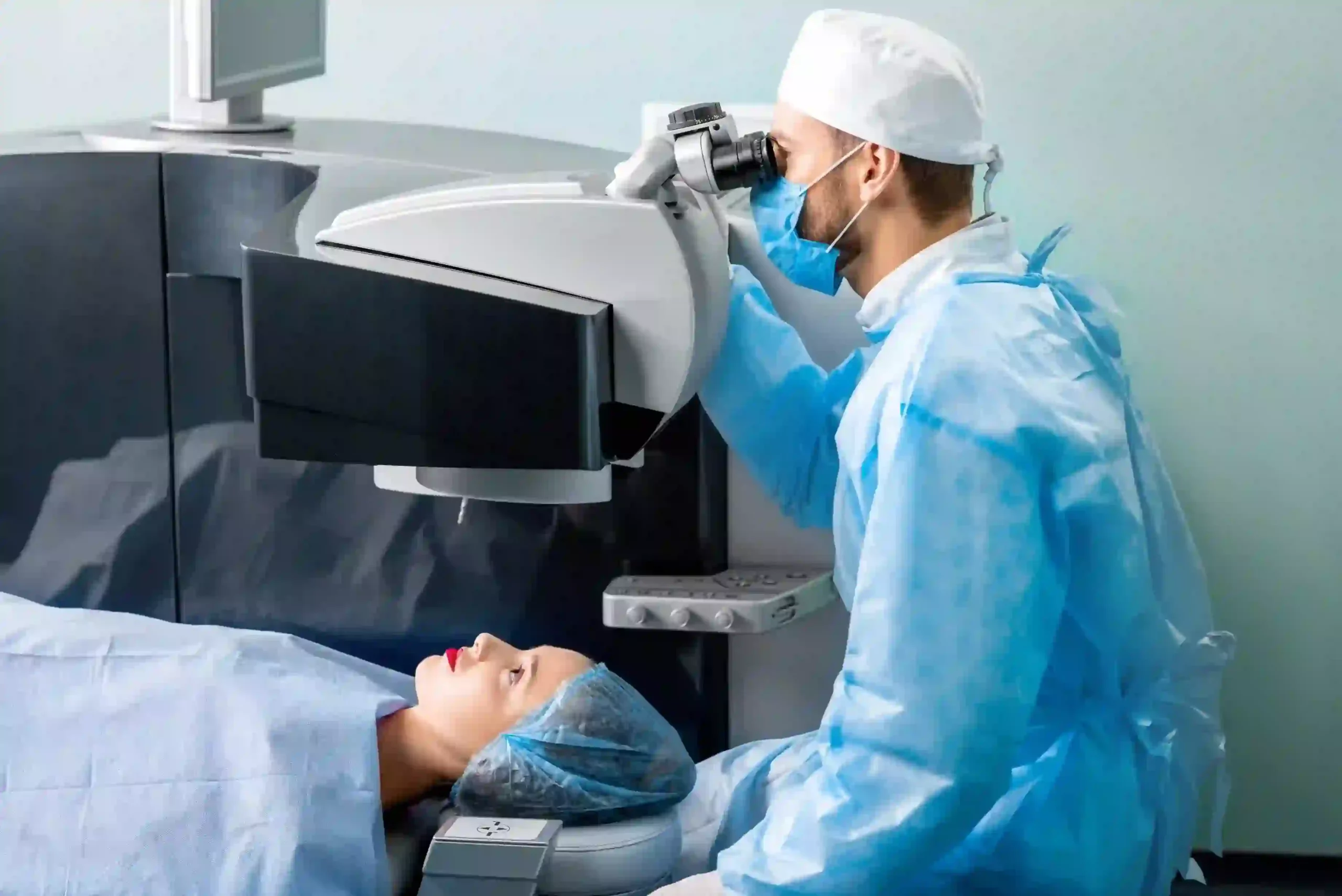
Exploring Ultra-Broadband Spectra Generation
Understanding Nonlinear Crystals
Nonlinear crystals are the linchpin in the realm of femtosecond lasers, enabling the generation of ultra-broadband spectra. These specialized crystals exhibit unique properties when exposed to intense laser pulses. Their nonlinear optical response leads to a phenomenon known as optical parametric amplification (OPA) or supercontinuum generation.
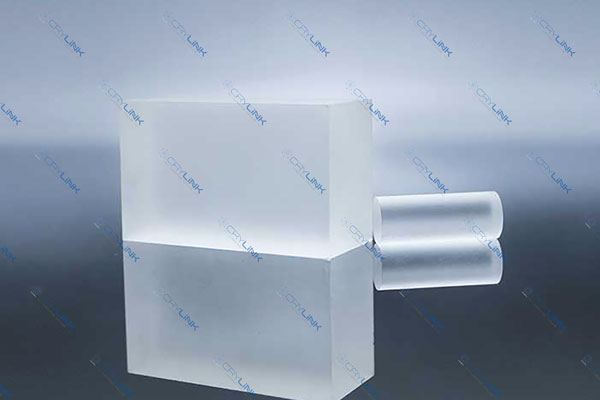
Decoding the Science Behind OPA
When we delve deeper into the science of OPA, we realize that it’s much more than just interaction and amplification. The essence of OPA lies in the process of energy conservation. During the interaction, the energy from the pumping laser is transferred to the generated waves, known as signal and idler waves. This transfer is orchestrated in such a way that the total energy and momentum remain conserved, a principle often termed as phase matching. To ensure efficient amplification, the phase-matching conditions are meticulously controlled, often using temperature or angle tuning of the crystal.
The Spectrum of Nonlinear Effects
While OPA is a significant aspect, other nonlinear effects further underscore the potential of these crystals. For instance, the fourth-harmonic generation (FHG) pushes the spectral boundary by producing frequencies that are four times the original laser frequency. Another captivating effect is sum-frequency generation (SFG), where two photons combine to produce a new photon with a frequency that is the sum of the original ones.
Unlocking Future Innovations
The nonlinear optical properties of these crystals have unlocked a treasure trove of possibilities. Researchers are exploring even more advanced techniques, such as cross-phase modulation and soliton self-frequency shift, to gain unparalleled control over laser spectra. These advancements are bridging the gap between theoretical potential and real-world applications.
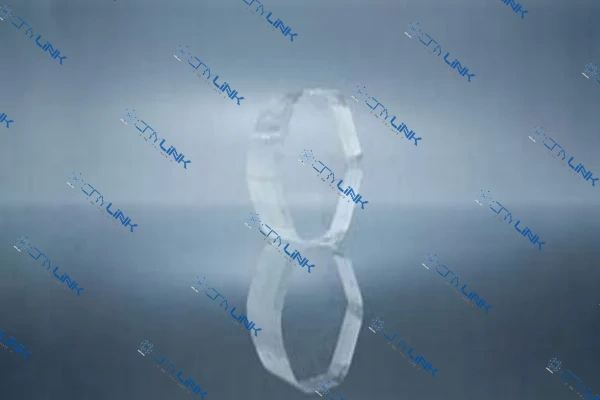
In a Nutshell
The incredible potential of nonlinear crystals is shaping the next generation of laser technologies. By harnessing the combined power of OPA and other nonlinear effects, scientists and engineers are not only enhancing existing systems but are also laying the groundwork for future innovations that might redefine our understanding of optics. Whether it’s the quest for sharper medical images, more secure communication channels, or breakthroughs in quantum physics, nonlinear crystals stand at the heart of these explorations.
Applications in Materials Processing
The Revolution of Precision Micromachining with Femtosecond Lasers
In the intricate world of microengineering, the quest for achieving unparalleled precision is relentless. Enter femtosecond lasers, which have emerged as the gold standard for ultra-precise micromachining. Their edge lies in the incredibly short pulse duration, which significantly reduces the heat-affected zone, thus minimizing damage and ensuring immaculate cuts. Such finesse is crucial for producing intricate patterns on semiconductor chips or crafting delicate components for medical devices.
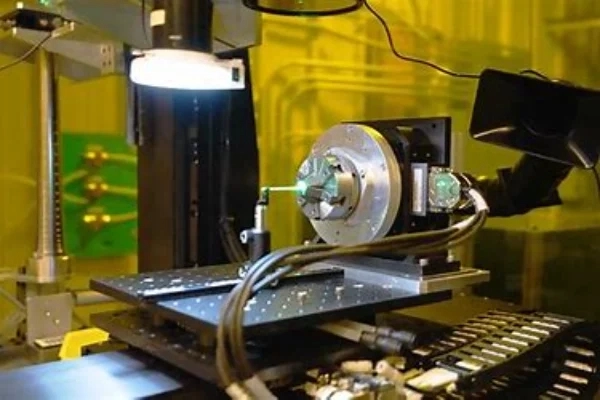
In industries like electronics, where the real estate on a chip is invaluable, femtosecond laser micromachining offers the dexterity needed to carve out nano-sized structures. Furthermore, in microfabrication, where accuracy is paramount, these lasers provide a level of detail unmatched by traditional methods.
Harnessing the Potential of LIPSS
The beauty of femtosecond lasers doesn’t end at precision cutting. When these lasers interact with materials, they can create mesmerizing patterns known as laser-induced periodic surface structures. These aren’t just visually appealing but carry functional benefits. For instance, LIPSS can be used to render a surface superhydrophobic, ensuring water droplets simply roll off. This has promising implications for sectors like aviation, where ice-resistant surfaces are critical. Moreover, the application in the renewable energy sector is noteworthy. By enhancing solar cell efficiency through LIPSS, we are looking at more effective ways to harness solar power.
Customization at its Best: Modifying Material Properties
Beyond surface structures, femtosecond lasers offer another frontier of innovation: the tailoring of material properties. By adjusting the laser’s parameters, it’s possible to modify a material’s surface roughness, making it smoother or rougher based on the application’s requirement. Similarly, the hardness of materials can be enhanced, proving invaluable in industries such as aerospace where materials must withstand extreme conditions. In the automotive sector, crafting materials with tailored optical properties can influence how sensors and other optical systems perform, ensuring safer and more efficient vehicles.
To Conclude
The integration of femtosecond lasers in materials processing has ushered in a new era of precision and customization. As industries continuously push the boundaries of what’s possible, these lasers stand as indispensable tools, driving innovation and ensuring a brighter, more precise future in manufacturing and beyond.
Advancements in Biomedicine
Unraveling the Medical Marvels of Femtosecond Lasers
As the boundaries of medical science expand, there’s a continuous quest for precision, especially when dealing with the human body. Femtosecond lasers, known for their ultra-short pulse durations, have emerged as saviors in this pursuit, bridging the gap between what’s possible and what’s desirable.
Intricate Surgical Procedures
When it comes to the human eye, arguably one of the most delicate and intricate organs, precision is paramount. Femtosecond lasers have transformed ophthalmology, especially in the domain of refractive surgeries. Traditional methods involved mechanical blades, which carried inherent risks. Femtosecond lasers, on the other hand, offer bladeless procedures, allowing for the creation of precise corneal flaps in surgeries like LASIK. This has not only reduced potential complications but has also led to quicker recovery times for patients.
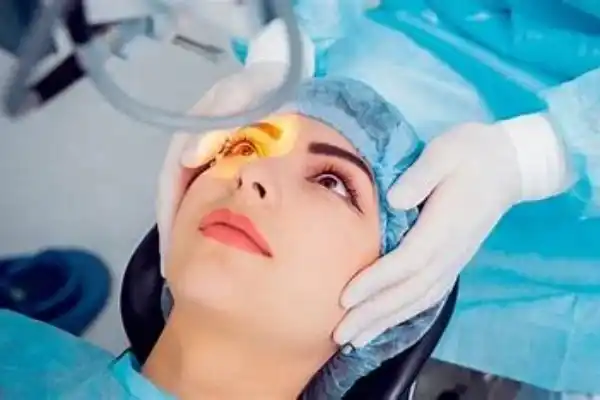
The world of dentistry, too, has felt the impact of these lasers. From cutting tooth enamel to preparing the bone, the laser’s precision ensures minimal tissue damage. This means less pain and quicker recovery for patients. In the realm of neurosurgery, where surgeons tread on the very fabric of human cognition, the laser’s ability to make precise incisions without excessive heat or damage to adjacent tissues is a game-changer.
Nonlinear Optical Imaging
Switching gears to the microscopic world, femtosecond lasers have revolutionized imaging techniques. Nonlinear optical techniques, such as two-photon microscopy and harmonic generation microscopy, have unlocked new dimensions in cellular and subcellular imaging. Researchers can now explore the biological intricacies of tissues, diving deep into cellular structures and dynamics with unparalleled clarity. This has profound implications for understanding diseases at a cellular level, potentially leading to more effective treatments.
Targeted Drug Delivery
Yet, one of the most groundbreaking applications lies in targeted drug delivery. The challenge in many therapeutic strategies is ensuring that drugs reach their desired location without affecting the surrounding tissues. With femtosecond lasers, precise manipulation at cellular levels becomes possible. By creating temporary pores in cell membranes or tissues, these lasers facilitate controlled drug release at specific sites. For conditions like cancer, where targeted drug delivery can significantly enhance treatment outcomes while minimizing side effects, this innovation could be transformational.
In essence, femtosecond lasers are not just tools; they’re catalysts for a new era in medical science. Whether it’s providing clearer vision, understanding cellular behavior, or paving the way for personalized medicine, they’re at the forefront, redefining what’s achievable in healthcare.
Conclusion
In wrapping up, it’s undeniable that the merger of nonlinear crystals with femtosecond lasers marks a watershed moment in laser technology. By allowing for the generation of ultra-broadband spectra, these crystals have transformed not just the lasers themselves but the vast array of applications they touch upon. Whether it’s in the intricate fabrications required in the electronics industry, the delicate surgeries in the medical domain, or the high-resolution imaging techniques in biological research, these advancements have been pivotal. Each new discovery or enhancement propels us forward into uncharted territories, heralding a future brimming with possibilities. As science and technology continue to intertwine and evolve, the role of these lasers, backed by the prowess of nonlinear crystals, remains central. From improving our daily lives to answering profound scientific questions, the horizon seems limitless. The synergy between femtosecond lasers and nonlinear crystals not only underscores the power of collaborative innovation but also promises a brighter and more informed future for humanity.
Frequently Asked Questions (FAQs)
- What is optical parametric amplification (OPA) in femtosecond lasers?
- Optical parametric amplification (OPA) is a process that utilizes nonlinear crystals to amplify and broaden laser pulses, resulting in the generation of ultra-broadband spectra.
- How are femtosecond lasers used in precision micromachining?
- Femtosecond lasers are employed in precision micromachining to ablate and cut various materials with exceptional precision, making them crucial in industries like electronics and microfabrication.
- What are laser-induced periodic surface structures (LIPSS) in materials processing?
- Laser-induced periodic surface structures (LIPSS) are structures formed when femtosecond lasers interact with materials, with applications ranging from controlling surface wettability to enhancing solar cell efficiency.
- What are the applications of femtosecond lasers in biomedicine?
- Femtosecond lasers find applications in biomedicine for procedures such as ophthalmic surgeries, dental treatments, high-resolution imaging, and targeted drug delivery.
- How do nonlinear optical imaging techniques benefit biological research?
- Nonlinear optical imaging techniques, such as two-photon microscopy and harmonic generation microscopy, provide high-resolution imaging capabilities, enabling researchers to explore biological tissues at the subcellular level with exceptional clarity.

Frank
Frank graduated from the University of Shanghai for Science and Technology, majoring in optics. As a technical engineer at Crylink Company, he deeply understands crystal materials and laser components.
Related Video(s) with this Article
Related Product(s) with this Article
Related Application(s) with this Article
